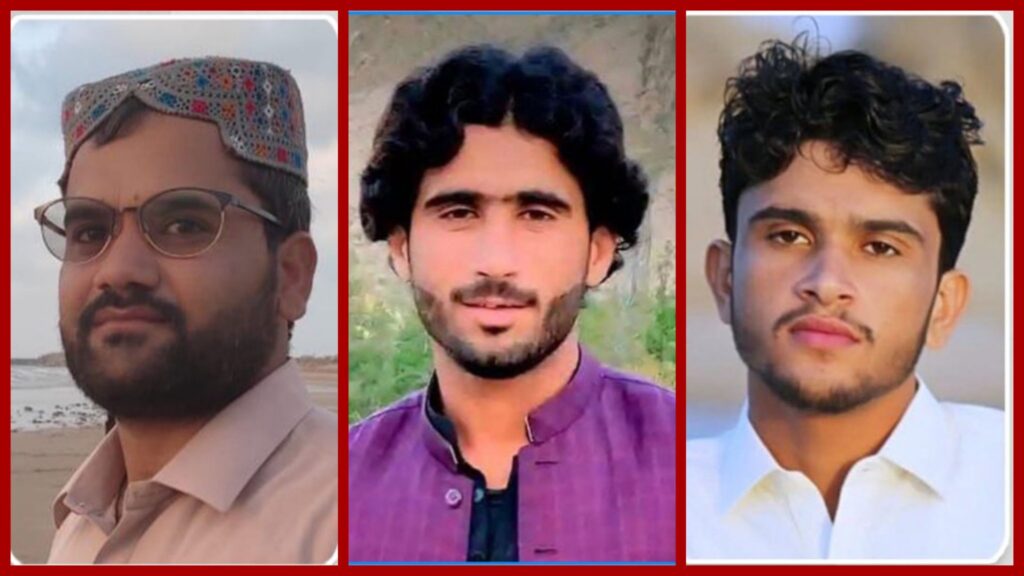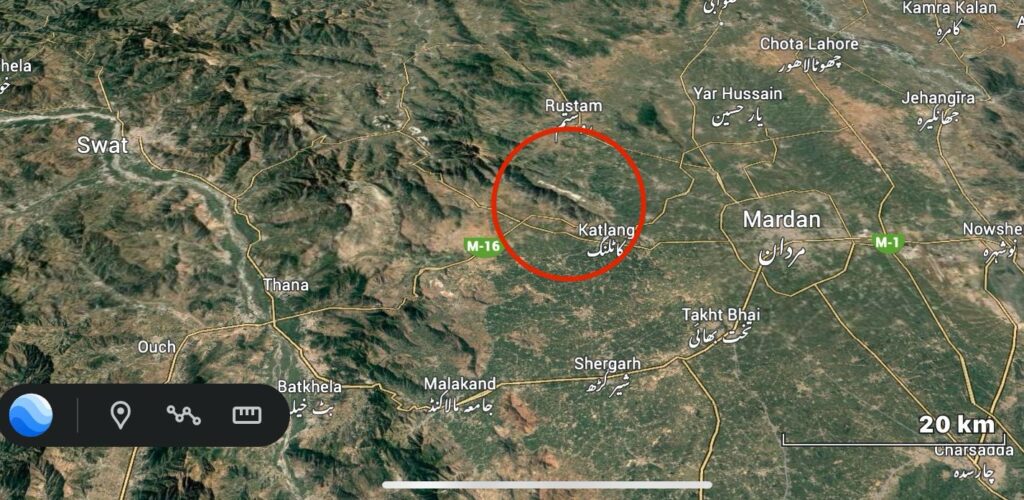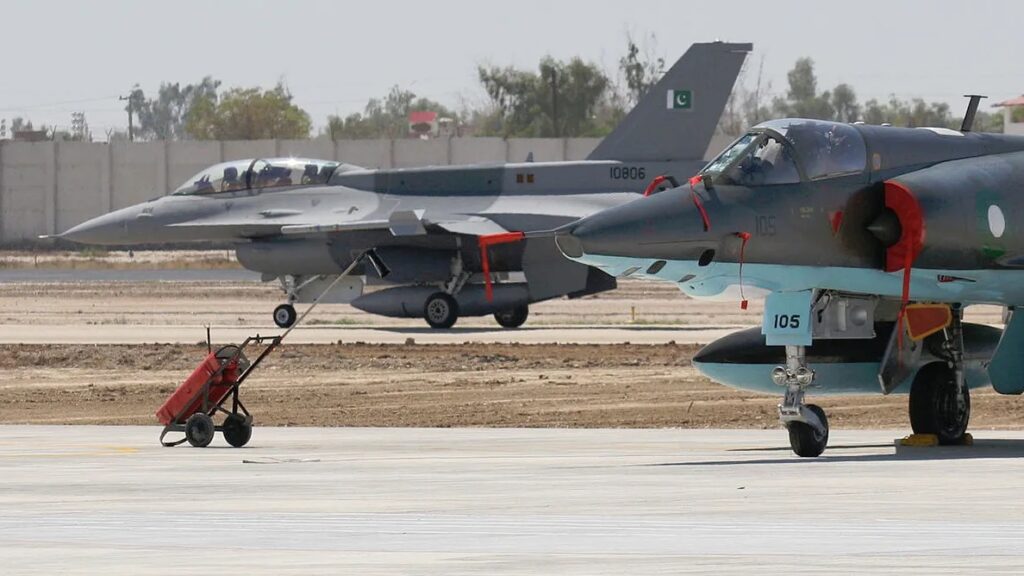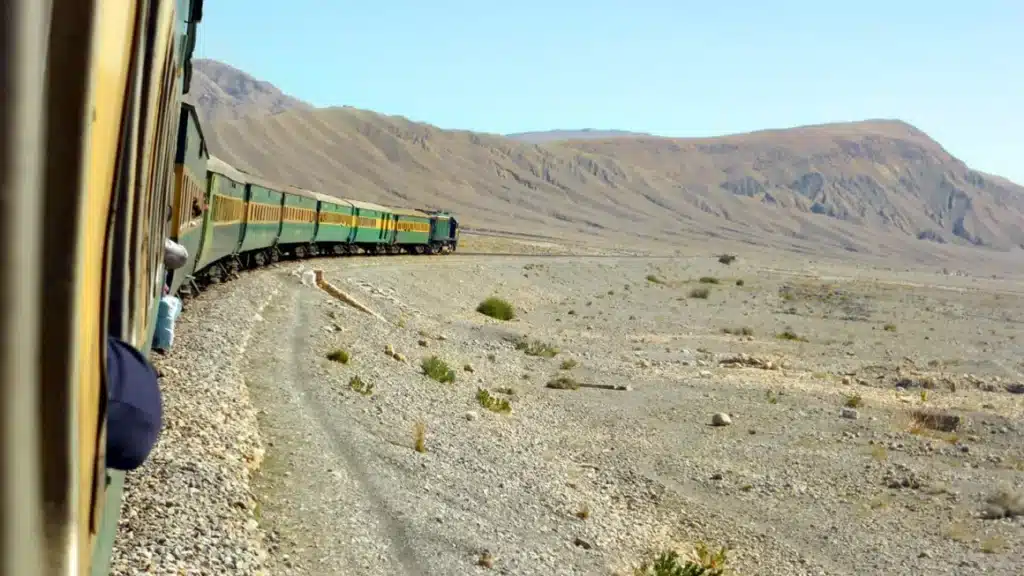QUETTA: Pakistan’s intelligence agencies have arrested three local operatives of India’s Research and Analysis Wing during intelligence-based operations in Hub Chowki and Nushki areas of Balochistan.
The arrested men—Liaquat Mustafa, Umar Atta, and Aziz Baloch—were linked to the Baloch Yakjehti Committee (BYC) but were secretly working for India’s intelligence agency RAW.
According to investigative sources, the suspects confessed during initial questioning that RAW had tasked BYC with orchestrating violent protests across Balochistan. These demonstrations were intended to provide cover for Indian proxy Fitna al Hindustan terrorists to carry out coordinated bomb attacks in multiple districts.
Liaquat Mustafa and Umar Atta—both drivers from Mashkay—were arrested on the night of July 4, 2025, at 2:30 am in Hub Chowki during raids at their residences. Aziz Baloch, a 25-year-old resident of Killi Mohammad Khan Mal, Nushki, was apprehended on the evening of June 30.
Security officials recovered satellite phones, secret maps, and digital memory devices from the suspects. These devices contained internal BYC chat logs, locations of planted explosives, and photos of targeted police stations and government offices. One device also held a video briefing from RAW handlers, outlining a timeline for four major attacks during Muharram.
The findings revealed that the ongoing protests led by BYC since March 2025 were exploited to spread violence across multiple cities. Under the guise of civil rights agitation, extremist elements used the demonstrations to smuggle weapons and explosives into urban areas.
Security officials confirmed that Shia processions and busy commercial centers were primary targets. The attackers aimed to create chaos within minutes and blame the state for a violent crackdown, triggering international media attention and false human rights narratives.
This is not the first time RAW agents have been caught in Balochistan. From the arrest of Kulbhushan Jadhav to the June 25 spy scandal, every incident exposes India’s hybrid warfare strategy. Recent intelligence gains came after the dismantling of a joint Indian-Mossad network in Iran, prompting increased security along Pakistan’s borders with Sindh, Balochistan, and Iran.
According to the arrested men, the plan had two phases. In the first phase, BYC leaders would stage “Black Day”–style protests across Balochistan. Organizers would spread fake narratives about “extrajudicial killings” and “enforced disappearances” to provoke the crowds. In the second phase, during the chaos, state property was to be set on fire to distract police. Meanwhile, BLA facilitators would remotely detonate pre-installed bombs, later blaming the violence on the state’s “overreaction.”
Thanks to timely action by Pakistan’s security forces, the entire plot was foiled. Officials say these arrests have saved hundreds of innocent lives.
This latest episode of India’s hybrid war in Balochistan shows that the enemy is no longer using only bombs and bullets—but fake slogans and propaganda marches. The state’s timely response prevented mass bloodshed, but the information war remains just as critical as the battlefield.
Also Read: The BLA’s war on Baloch culture
It is now time for political leaders, media, and civil society to unite and expose this ‘Fitna-e-Hindustan’, trapping it in its own web of lies.





